The Peugeot 308 hatchback has been substantially overhauled for its third generation, ushering in the firm's latest design cues and new logo alongside a revamped engine line-up and interior.
Most obviously, the 308 is now more closely related visually to newer Peugeot models including the 208, 508, 2008 and 3008, with a front end characterised by the firm's trademark 'fang' LED daytime-running lights, slim headlights and a large grille housing the brand's new 'coat of arms'. The new logo, which hides the driving aids' radar sensor, will appear first on the 308, before being rolled out to all Peugeot models and dealerships worldwide over the coming years.
The hatchback's wheelbase has been extended by 55mm - and its overall length by 110mm - to offer more space in the back seats, and it sits 20mm lower than the standard car in line with a heightened focus on aerodynamic efficiency, as also indicated by its lengthy curved bonnet and more heavily raked windscreen.
This focus is particularly evident in the design of the rear end, which features a much more prominent spoiler than that of the outgoing car and a sharp air-channelling crease, continued from the sides, integrated into the wraparound light bar. The 308 has a slightly improved drag coefficient, as a result of its new proportions, of 0.28.
![]()
The 308's EMP2 platform - shared with the Citroën C5 Aircross, Vauxhall Grandland X and DS 7 Crossback - is compatible with a range of petrol, diesel and electrified powertrains. Two plug-in hybrid options will be available from launch, pairing a turbocharged petrol four-cylinder engine, tuned to either 148bhp or 178bhp, with a 109bhp electric motor attached to the eight-speed automatic gearbox. They both use a 12.4kWh lithium ion battery pack offering an EV range of up to 37 miles and capable of charging in just under two hours from a 7.4kW charger.
Both hybrid options are front-wheel drive, but a top-rung PSE-badged four-wheel-drive hot hybrid version is expected to follow with around 300bhp and substantially improved performance.
The pure-combustion offering comprises a 1.2-litre three-cylinder petrol with either 108bhp or 128bhp, and a 1.5-litre four-cylinder diesel with 128bhp. While the top-rung petrol is available with the eight-speed automatic gearbox, the other combustion engines are paired exclusively with a six-speed manual. Full performance and economy data for all powertrains will be revealed closer to the 308's launch in the second half of 2021.
A late-life update for the outgoing 308 introduced elements of Peugeot's current i-Cockpit interior layout, but the latest generation gains an updated set-up that mirrors the predominantly digital and angular design of other Peugeot interiors. A downsized, performance-inspired steering wheel houses certain controls for the infotainment system and driver aids, but the centrally mounted 10.0in touchscreen - angled slightly towards the driver - replaces the majority of physical buttons and switches. However, a row of so-called 'i-toggle' switches below this screen can be individually configured to control separate functions, according to the driver's preference.

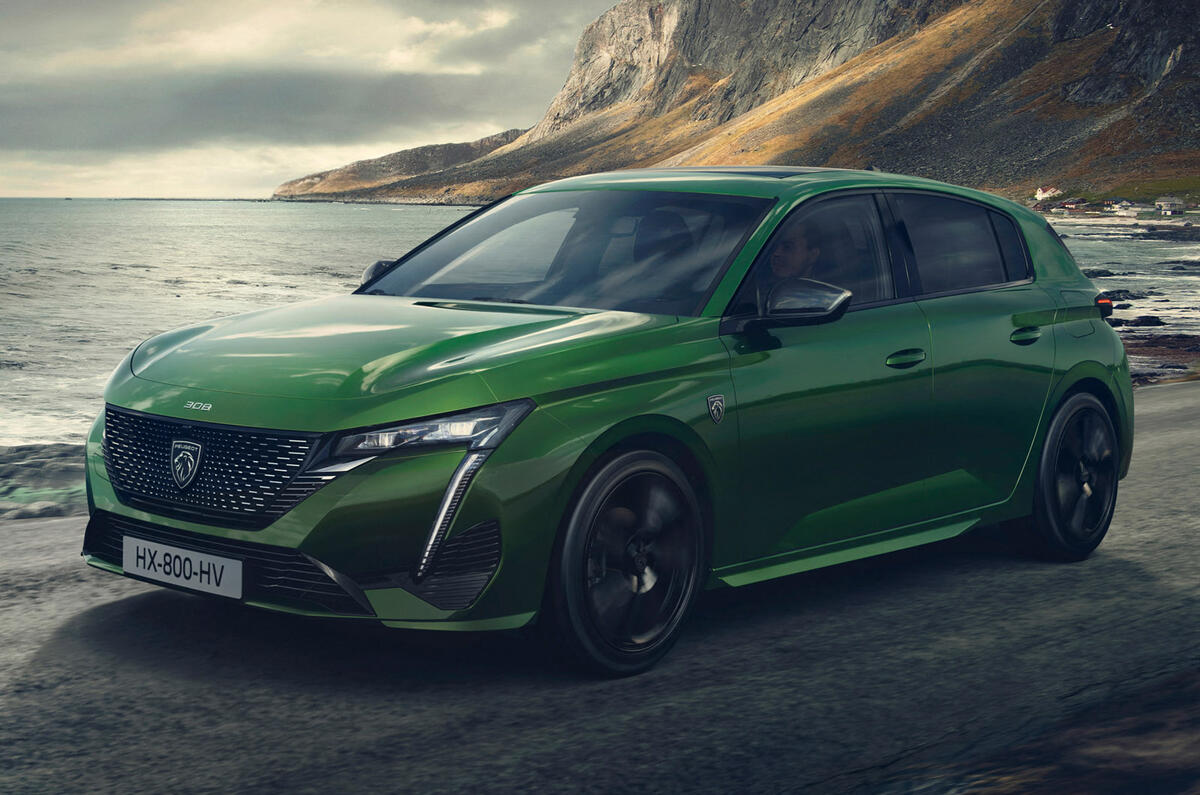
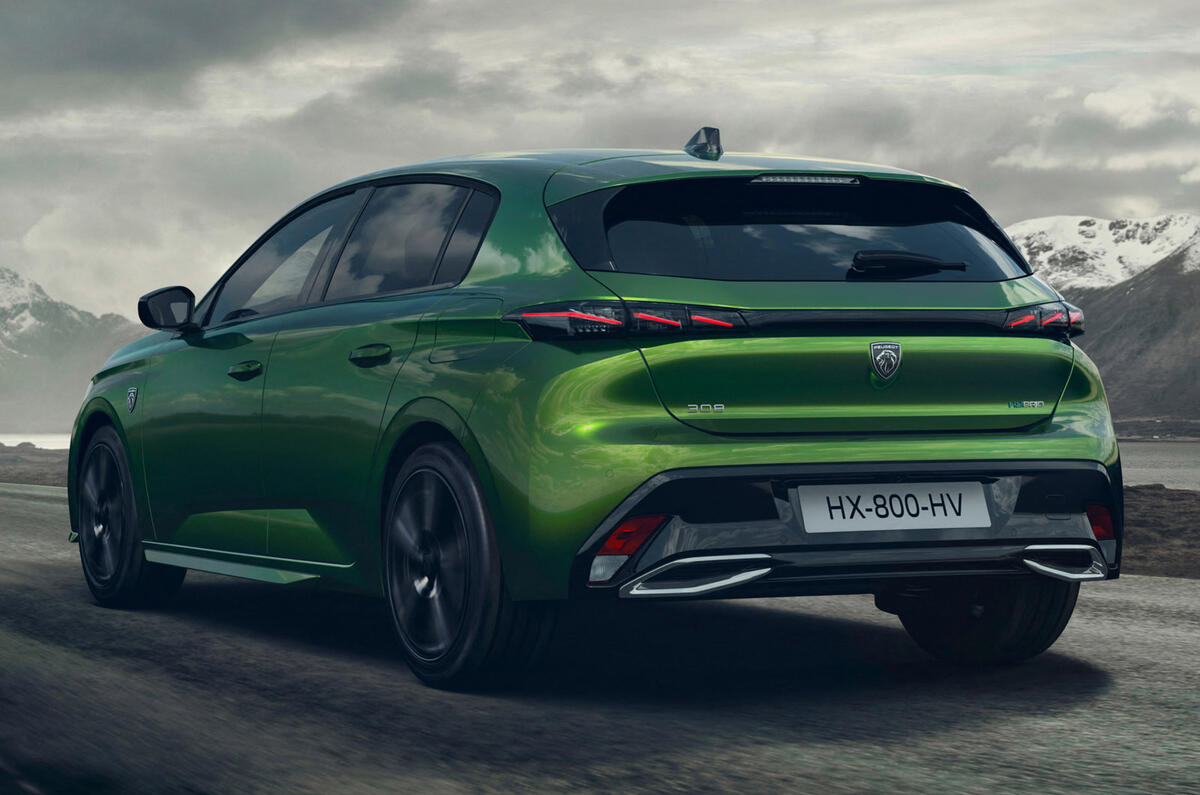

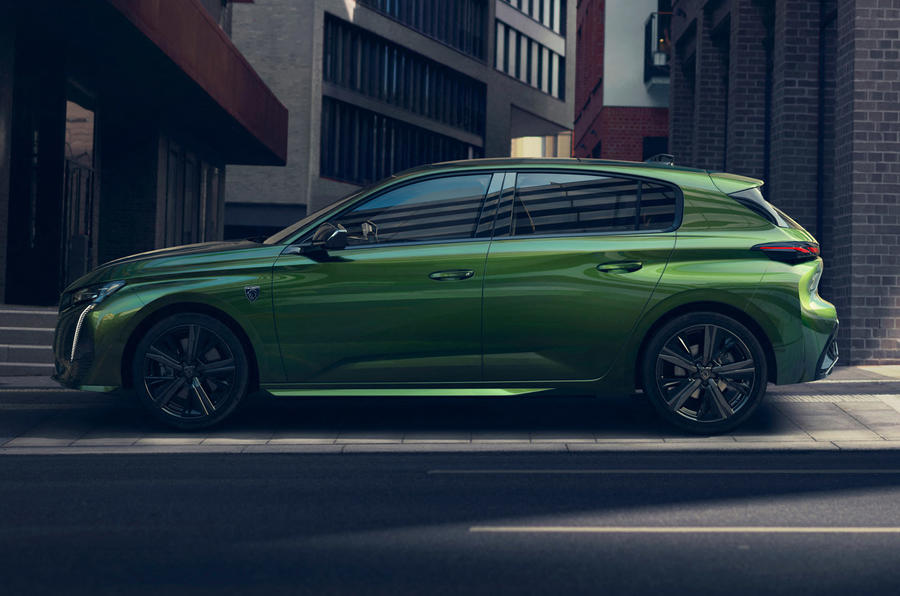






















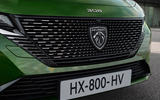
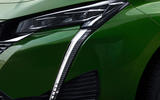
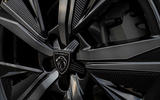
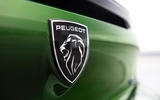
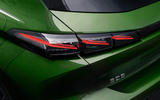
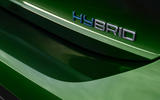
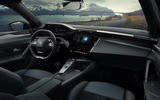
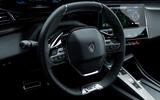
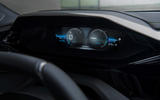
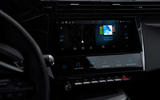
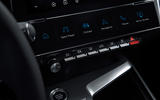
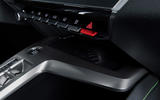


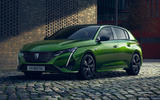

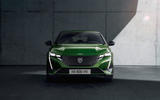
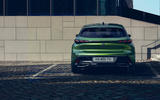
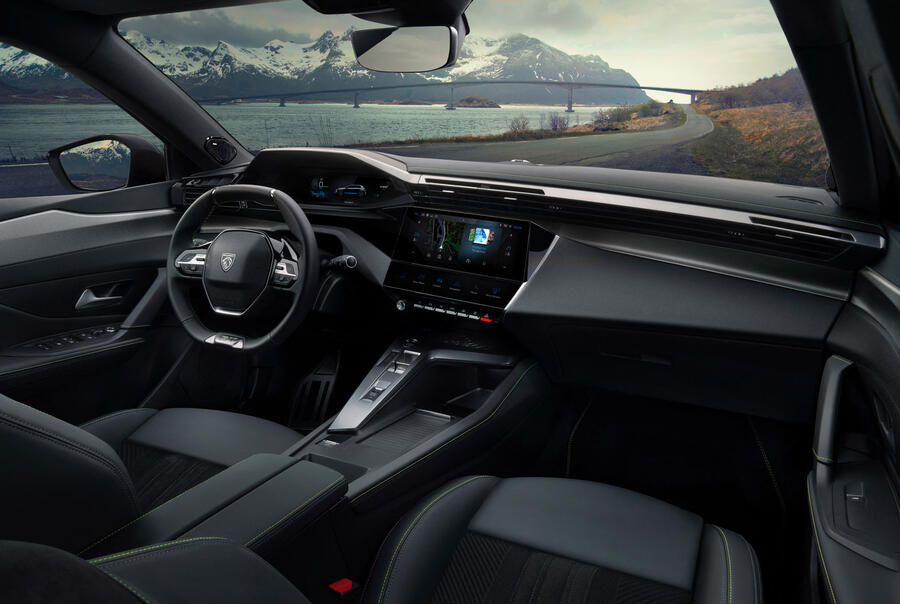


Join the debate
Add your comment
Fantastic to see another manufacturer move away from shiny 'piano black' centre console plastics, always a magnet for dust and fingerprints. The new 308 looks very attractive, I wonder what suspension types are offered? Multilink rear would be good.
That head on look is awesome! This is not a pretty car, but it stands out in the way that most cars of it's class do not. Interior looks good, shame they haven't go physical climate controls, though. I really hope Peugeot have put some of their past handling magic back in to this, to back up those looks.
Peugeots move úp-market will get another boost by this new 308. Despite an overall dreadful 2020 PSA managed a record operating margin of 9,4 percent. Compare that with BMW's 2,7 percent and VW's 0,4 pct. Seems many buyers appreciate the brand's offerings and pay list price without a blink of the eye. Sole regret: Peugeot's understated elegance of the past is gone.